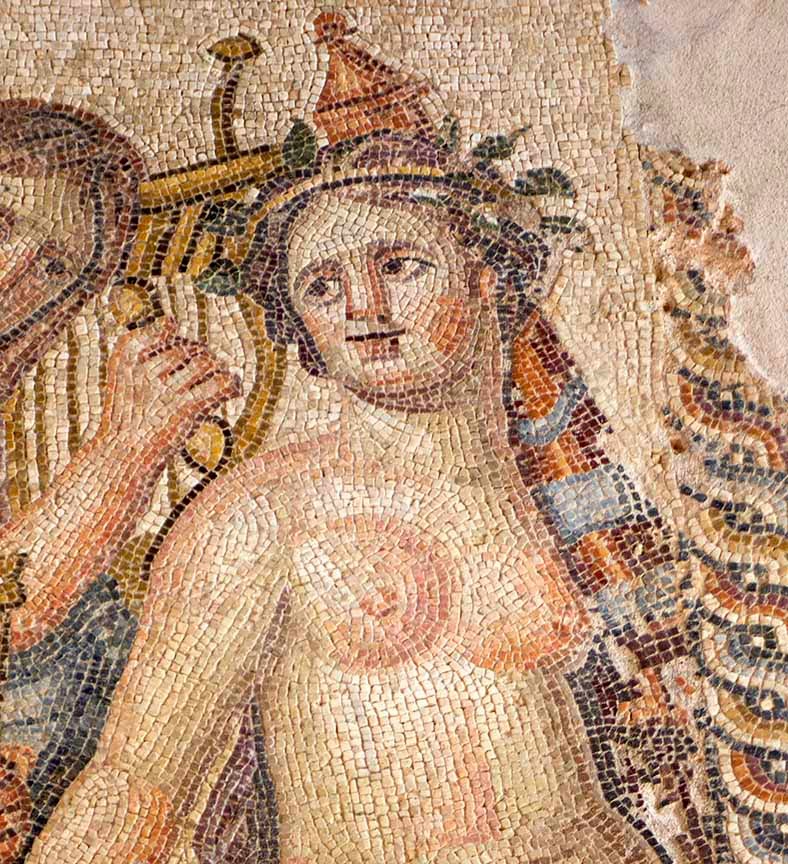A year ago I wandered by Mor Behnam and Mort Sara Church in the city of Mardin, located in the Tur Abdin Region of southeastern Turkey.
Mardin, in southeastern Turkey (click on photos for enlargments)
Mor Behnam and Mort Sara Church in Mardin
In recounting the history of the church in Mardin I mentioned the tombs of Mort (Saint) Sara and Mor (Saint) Behnam at the Monastery of Mor Behnam, located on a hill near Nimrud, about twenty miles south of Mosul, in Iraq.
Tombs of Mort Sara and Mor Behnam near Nimrud, in Iraq, before the arrival of ISIS. Photo courtesy of Gates of Nineveh.
Now comes news that ISIS has destroyed the tombs of Mort Sara and Mor Behnam. See What We’ve Lost: Mar Behnam Monastery. Other monastery buildings have apparently survived, but now ISIS has taken control of the complex and there are no longer no any monks in residence.
There is also a Mongol connection with the monastery:
In 1258 the Mongols under Hulagu Khan sacked Baghdad and ended the Abbasid caliphate, but the monastery was unaffected because the vassal ruler of Mosul quickly submitted to Hulagu. In 1295, however, Hulagu’s grandson Baidu Khan marched on Mosul and then attacked Erbil. Mongol raiding parties traveled throughout the Nineveh plains. One party plundered the monastery of Mar Mattai. Another party visited Mar Behnam. Rabban Jacob, the chief of the monastery, went to Baidu Khan to complain about the looting. Surprisingly, Baidu agreed to return all the looted goods, and in return the monastery added an inscription in Uighur above Mar Behnam’s tomb which read “May the happiness and praise of Khidr Elias befall and settle on the Il-khan and the [Mongol] nobles and the noblewomen!”The mention of Khidr here is curious, since Khidr belongs to the Islamic tradition.
Two explanations have been advanced for this: The first is that the monks deliberately cultivated the association with Khidr as a cover story to protect the monastery and tomb from Muslims, and the second is that the association with Khidr represented a form of religious syncretism.
Khidr is the teacher of Moses who some people think is eternal and who still roams the earth. According to one legend, everyone meets Khidr once in their life, but few are aware of it. (Tip off: he is usually wearing something green.) Interestingly, Khidr is also the Patron Saint of Marijuana. In any case, it would appear that Khidr now offers no protection against ISIS.
Khidr



























